1060 2024 3003 6061 7075 aluminum sheet for boat
When selecting aluminum sheets for marine applications, one must consider not only the alloy's strength and weight but also its resistance to corrosion, formability, and other properties that can influence a vessel's performance and longevity.
Aluminum Alloys for Marine Applications
1. 1060 Aluminum Alloy
Overview:
1060 aluminum is notable for its excellent corrosion resistance and high electrical conductivity. It is soft and malleable, making it ideal for applications where machining isn’t necessary.
Typical Applications:
Used predominantly for interior features in boats as well as decorative purposes due to its high reflectivity.
Chemical Composition Table:
| Element | Percentage |
|---|---|
| Aluminum (Al) | 99.6% Min |
| Iron (Fe) | 0.4% Max |
| Copper (Cu) | 0.05% Max |
| Other Elements | – |
Tempering:
Usually supplied in an O (annealed) temper to retain maximum ductility.
2. 2024 Aluminum Alloy
Overview:
2024 aluminum alloy boasts high strength and excellent fatigue resistance, making it a preferred choice for aircraft and high-stress marine applications.
Typical Applications:
Often used in aircraft fuselage structures and sometimes reinforced hulls in competitive speedboats.
Chemical Composition Table:
| Element | Percentage |
|---|---|
| Aluminum (Al) | 90.7% Min |
| Copper (Cu) | 3.8-4.9% |
| Manganese (Mn) | 0.3% - 0.9% |
| Magnesium (Mg) | 1.2% -1.8% |
| Others | None |
Tempering:
Typically supplied in T351 or T3 temper, which enhances strength while maintaining some ductility.
3. 3003 Aluminum Alloy
Overview:
A versatile and well-rounded alloy, 3003 features moderate strength and superior workability, cutting down the processing time in fabrication.
Typical Applications:
Common in marine shipments, wiring covers, trash containers, and chemical equipment, also valued for roofing.
Chemical Composition Table:
| Element | Percentage |
|---|---|
| Aluminum (Al) | 97.9% Min |
| Manganese (Mn) | 1.0 - 1.5% |
| Copper (Cu) | 0.05 - 0.2% |
| Other Elements | None |
Tempering:
Aquatically engages as typically represented in H14 or H18 temper for unique forms.
4. 6061 Aluminum Alloy
Overview:
The go-to aluminum alloy for general-purpose fabrication, 6061 covers a wide variety of marine uses with its strength-to-weight ratio.
Typical Applications:
Used in everything from powerboats to yacht constructions and in marine hardware requiring significant loads to be supported.
Chemical Composition Table:
| Element | Percentage |
|---|---|
| Aluminum (Al) | 95.7% Min |
| Magnesium (Mg) | 0.8 - 1.2% |
| Silicon (Si) | 0.4 - 0.8% |
| Copper (Cu) | 0.15 - 0.4%Thursday-devMagCubeyields stabilize conducted |
Tempering:
Commonly provided as T6 temper for high residual strength post-heating.
5. 7075 Aluminum Alloy
Overview:
7075 aluminum is primarily known for features exceeding that of other alloys regarding strength, making it ideal for challenging marine environments.
Typical Applications:
Preferred in high-performance aircraft applications, and recommended for hull fabrication, offering exceptional load capacities.
Chemical Composition Table:
| Element | Percentage |
|---|---|
| Aluminum (Al) | 90.7-92.7% |
| Zinc (Zn) | 5.1-6.1% |
| Magnesium (Mg) | 2.1-2.9% |
| Copper (Cu) | 1.2-2.0% |
| Others | None |
Tempering:
Usually found in T6 temper, providing peak mechanical properties combined with exceptional fatigue resistance versus other alloys.
Implementation Standards
When implementing aluminum alloys in marine conditions, awareness of specific marine set industry standards is crucial. Common standards include:
- ASTM B209 (Aluminum Alloy Sheet and Plate)
- AWS D1.2 (Aluminum Welding)
- SAE AMS 4045 (Stability of Solid, Saddle helical in Corrosive Extrusions)
Related Products
Marine 5383 aluminum sheet
5383 aluminum is a strain-hardened, non-heat-treatable alloy from the 5xxx series primarily alloyed with magnesium. It exhibits a unique balance of corrosion resistance and mechanical properties particularly suited for marine applications.
View DetailsMarine anodized aluminum sheets
Marine Anodized Aluminum Sheets start with premium marine-grade aluminum alloys such as 5000 and 6000 series (typically 5083, 5052, and 6061).
View DetailsMarine perforated aluminum sheets
Marine Perforated Aluminum Sheets feature a series of uniform holes or shapes punched through the aluminum surface. These perforations can vary in size, pattern, and open area to tailor the sheets for specific applications.
View DetailsMarine 5086 aluminum sheet
This product article provides an in-depth and comprehensive understanding of Marine 5086 Aluminum Sheets, including their chemical composition, mechanical properties, corrosion resistance, fabrication capabilities, and typical marine applications.
View DetailsMarine 5052 aluminum sheet
Aluminum alloy 5052 is a non-heat-treatable, strain-hardened alloy with magnesium as the primary alloying element. It is designed to offer superior corrosion resistance in marine and saline environments, making it a dependable choice for components exposed directly to seawater or coastal atmospheric conditions.
View DetailsMarine 5083 aluminum sheet
Aluminum alloy 5083 is a non-heat-treatable alloy primarily composed of magnesium and trace elements that deliver outstanding protection against corrosion, particularly in seawater and saline atmospheres.
View DetailsRelated Blog
1060 2024 3003 6061 7075 aluminum sheet for boat
When selecting aluminum sheets for marine applications, one must consider not only the alloy's strength and weight but also its resistance to corrosion, formability, and other properties that can influence a vessel's performance and longevity.
View Details

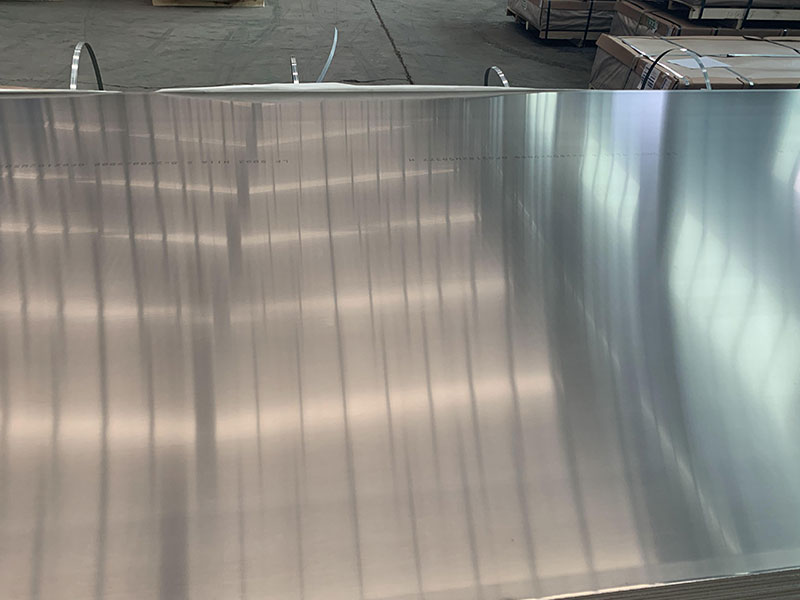
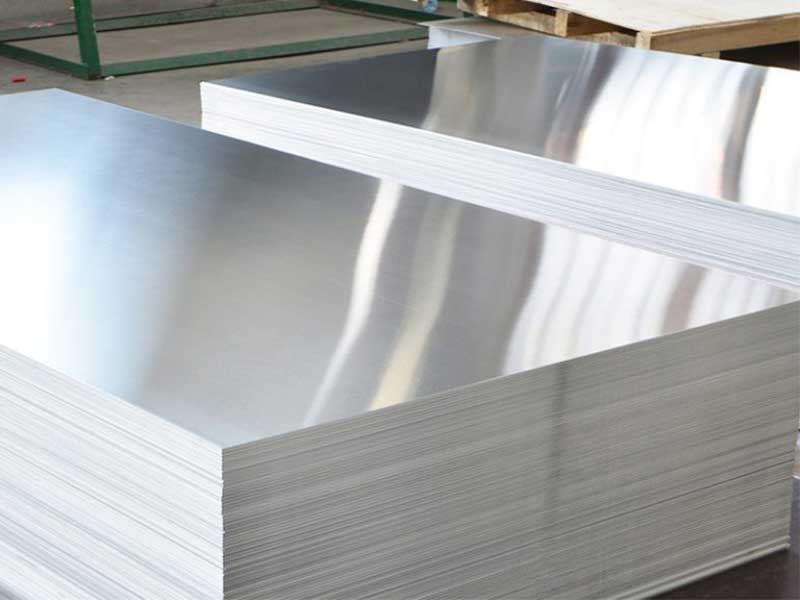

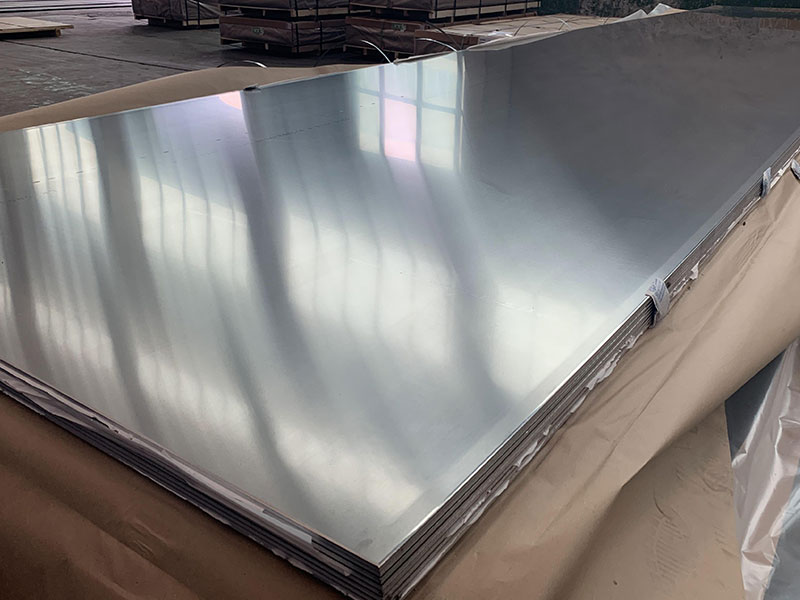
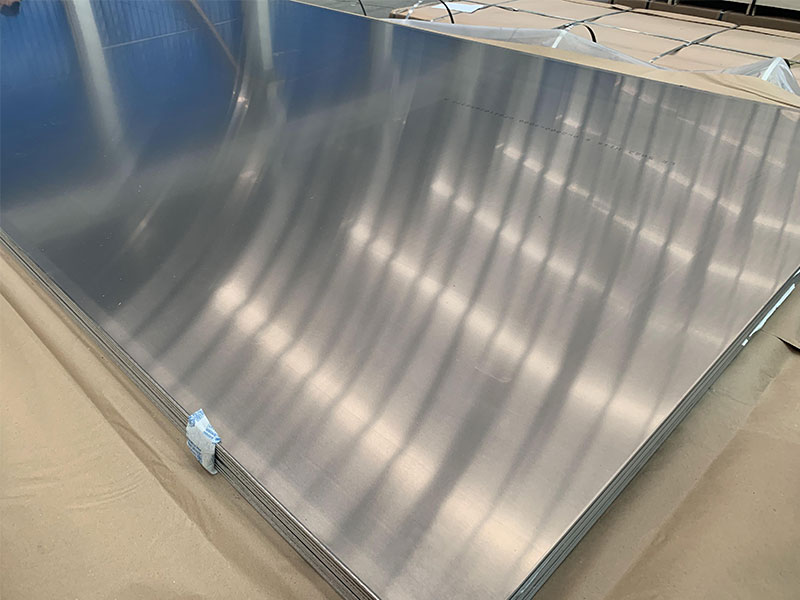


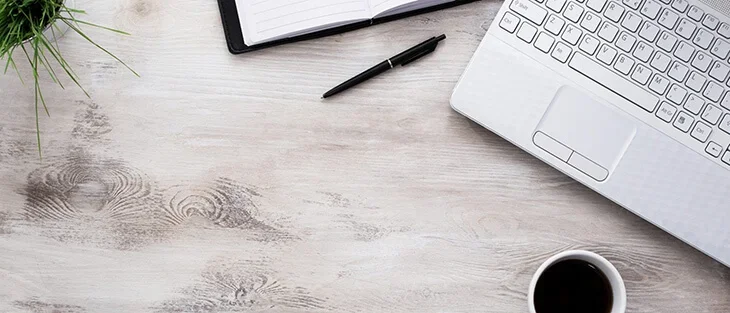
Leave a Message